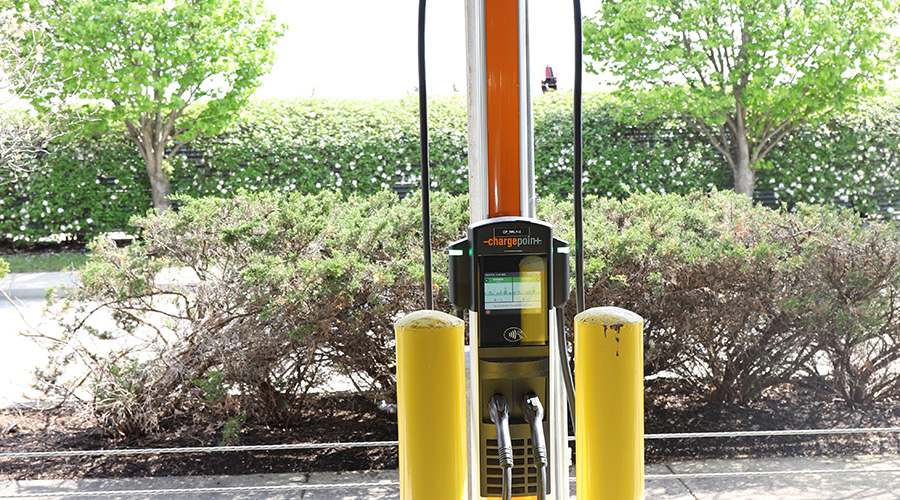How Will Your Facilities Management Organization Proceed Without You?
Leaving a positive FM legacy means analyzing the current facilities management staff to evaluate strengths and potential areas of improvement.
In the book, Your Leadership Legacy, management guru Ken Blanchard writes, “The legacy you live is the legacy you leave.” It is essential for you to start living the guiding principles of the legacy you seek to establish. You don’t want to be a leader who concentrates more on avoiding a negative legacy than focusing on creating the foundation for a positive legacy. You want to ensure that your legacy is the one you want to leave behind.
A key step is to assess the current state of your organization. How will it proceed without you? As a starting point, assess the health and well-being of the organization’s culture, strategic plan, structure, operational practices, written policies and procedures, performance criteria, and customer relationships. For this first level of effort, consider conducting individual and focus group interviews with your staff, senior management, providers, and customers. To augment the interviews, add a brief survey to address organizational health and wellness issues across the same spectrum. From there you need to create internal facility management assessment teams to review your operational policies and practices, and look for opportunities to streamline and update the way your organization functions. Participation on the assessment team by facility management staff as well as other service partners, providers, and customers, broadens your ability to take a holistic approach to reviewing the operation. The charter for the teams should be not only an assessment of the current state of the facility management organization, but what the organization of the future should look like.
You should also be looking at the status of your existing staff along their career paths. Study their current technical, managerial, leadership, marketing, and presentation skills. With help from your human resources advisor, you can develop a timeline to determine where each staff member is in their professional development and their potential for upward mobility and management positions, as well as highlight those who have the ability to retire. From interviews, past performance assessments, survey results, and customer feedback, you should be able to pinpoint the current capabilities (knowledge, skills, and abilities) of the staff. Since you have a thorough understanding of where the company is heading in the future, you also will be able to target the capabilities the staff will need to maintain a competitive edge as the company advances. You should have a comprehensive profile of your organization and your staff at this point.
Once a profile of current staff capabilities has been developed, the next step is to map the gap (to borrow a term and technique developed for the ProFM Credential Program) between existing capabilities and those that will be needed in the future. You want to create a staff development and training plan that will ensure the staff has the right knowledge, skills, and abilities for the future. While you are still in a leadership position, it is your responsibility not only to map the gap, but to also create opportunities for staff to showcase their talents and programs to hone their skills.
Related Topics:
















